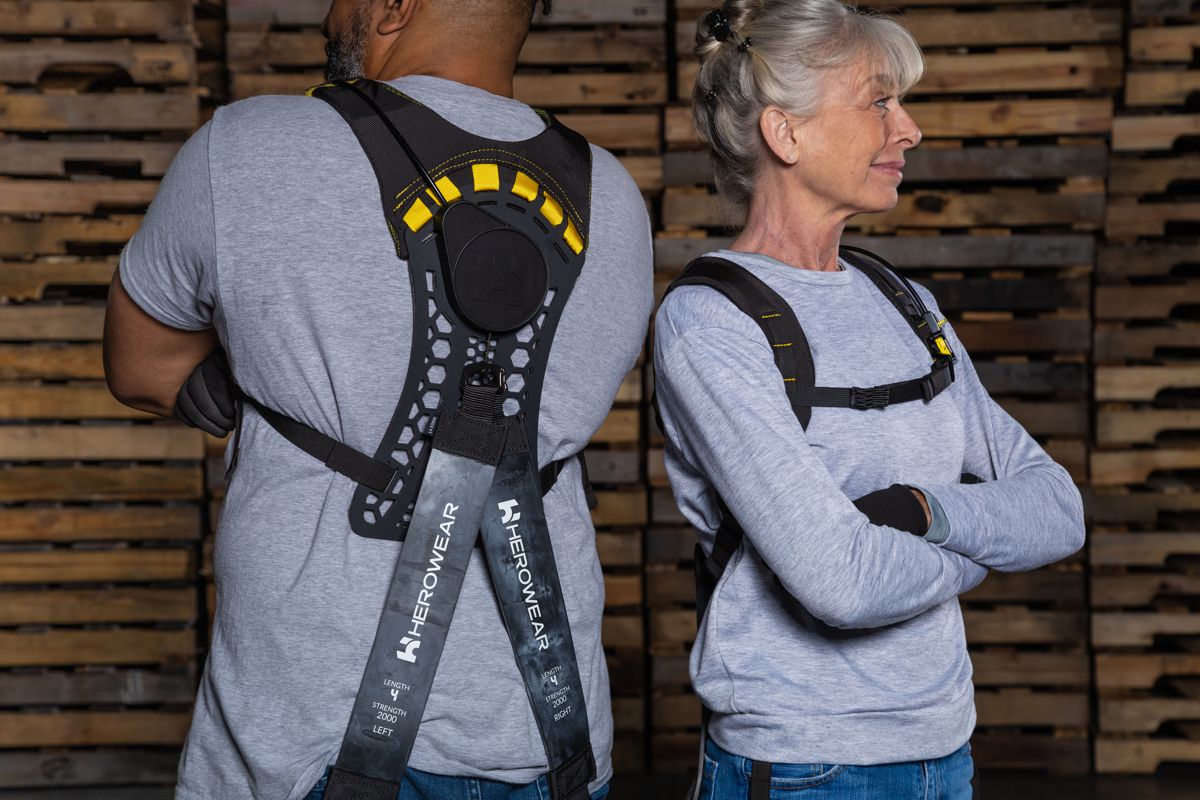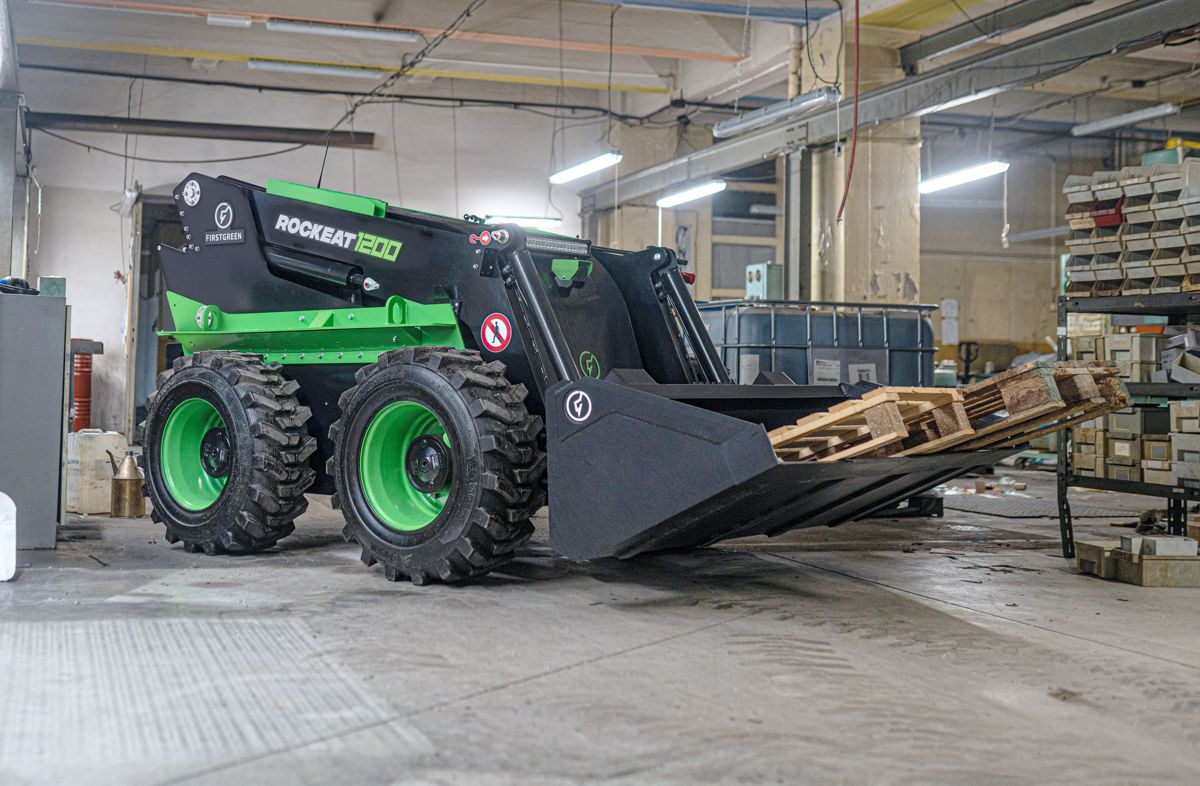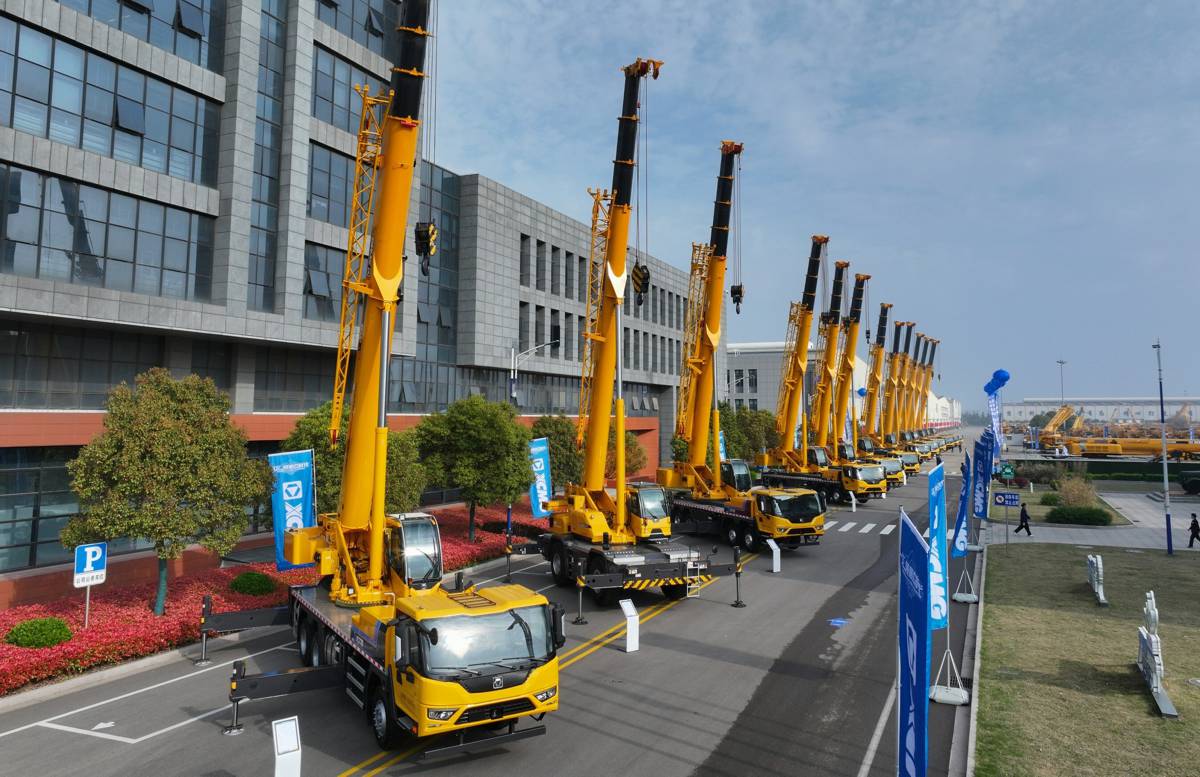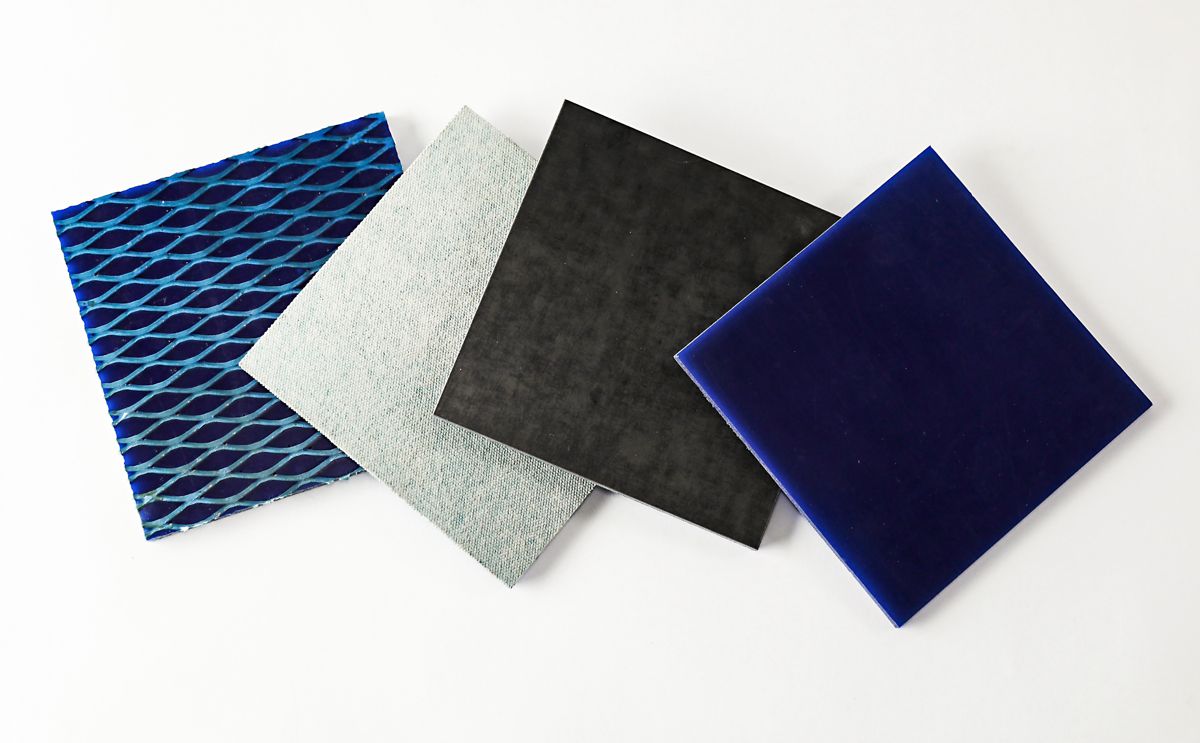Three decades of experience makes HAMM the world leader in oscillation compaction
Over 30 years ago, HAMM became the first roller manufacturer to offer an oscillation drum for tandem rollers, and these rollers have become an integral part of its product offering. In the past five years alone, the specialists for compaction technology have delivered more than 3,000 machines with this innovative technology. Today, one in four of the tandem rollers made by HAMM is equipped with an oscillation drum. With more than 30 models to choose from, HAMM has by far the widest offering of oscillation rollers in the world. And only HAMM builds oscillation tandem rollers in the compact class, as well as soil compactors with oscillation compaction capability.
Successful pioneers
In the 1980s, HAMM pioneered the development of oscillation compaction and was long the only supplier in the market. Customers were quick to appreciate the benefits of this technology. In the meantime, oscillation has proved itself and become successfully established in the market.
Fast, cost-effective and high-quality
The reason for this success is simple: oscillation rollers make for fast, cost-effective and high-quality dynamic compaction. In particular, tandem rollers with one oscillation drum and one vibrating drum achieve at least the same degree of compaction as double vibrating drum rollers, but with fewer passes. Another benefit is the extremely low vibration provided by oscillation, making dynamic compaction on bridge overlays, of thin layers, and in sensitive areas — such as near hospitals, city centres, rail tracks, or industrial plants — possible for the first time. The scope of applications is enormous.

Compaction at every construction phase
Another bonus is that oscillation rollers can start dynamic compaction directly behind the paver (→ breakdown phase). They can then also deal with the main compaction (→ intermediate phase). And even with lower asphalt temperatures at the end of compaction (→ finish phase), oscillation ensures an increase in compaction without crushing the aggregate. Overall, when using oscillation rollers, the time available for compaction is significantly greater than with vibratory rollers.
Experience shows
When building oscillation drums, HAMM – unlike its competitors, which have all entered the market with this technology in recent years only – can draw on decades of experience. And it is precisely this experience that makes the difference, as Richard Evans, vice president, HAMM, explains: “You can copy technical solutions, but you can’t copy experience.”
Thanks to its wealth of experience, HAMM possesses extensive know-how in application technology. This knowledge is not confined to a few specialists in the factory, but extends to the subsidiaries all around the world. Due to the large number of oscillation rollers on the market, spare parts availability is also very high. In addition, the service engineers all over the world are thoroughly familiar with the technology and trained with regard to oscillation.
Comprehensive portfolio for asphalt paving and earthwork
The HAMM portfolio encompasses tandem rollers for asphalt paving ranging from 2.5 t to 15 t. When it comes to the pivot-steered rollers in the DV+ series, a popular choice for demanding road building projects, the share of oscillation rollers is particularly high: in 2016, around 40 percent of all DV+ series rollers were delivered with oscillation drums.
The oscillation rollers for the compact class from 2.5 to 4.5 t also experience great market demand. Hardly surprising, because HAMM is the world’s only manufacturer in this market segment. This also applies for earthwork. Customers worldwide seeking a solution for compactors with the facility to choose between oscillation and vibration find that only HAMM has the answer in the form of its VIO drums.

The oscillation principle
But what exactly happens in an oscillation drum, and how does oscillation differ from vibration? With vibration, a single unbalanced shaft generates the upward and downward movement of the drum, causing it to strike the ground at a rapid rate. In oscillation drums, on the other hand, two unbalanced shafts rotate synchronously, driven by a toothed belt. The unbalances are offset by 180° relative to one another. As a result, the drum performs a rapidly alternating forward/backward rotary movement.
Due to this movement, the drum directs the compaction force into the substrate tangentially to the front and rear in the form of shear forces. Here, unlike with vibrating drums, the compaction force acts continuously on the substrate because the drum is in contact with the ground at all times. This is why oscillation rollers compact dynamically as well as statically with their intrinsic weight the whole time.
Maximum wear resistance
HAMM’s experience of more than 30 years is also reflected in the way in which the technology is incorporated in the design. An example of this is the drum shell. On oscillation drums, it is inevitably subject to greater stresses, due to the constant ground contact, than is the case with vibrating drums.
Thanks to ongoing product and material development, the operating life of HAMM oscillation drums is today nearly the same as that of vibrating drums. This is made possible by using highly wear-resistant fine grain steel for the drum shell. Its material thickness is more than 150% greater than that of comparable competitors’ machines.
In addition, an integral reinforcing ring ensures that the drum is extremely hard-wearing. This is why HAMM confidently provides a remarkable warranty against wear of at least 4,000 operating hours. With this warranty, the manufacturer surpasses any other serious offer on the market by a wide margin.
Quality thanks to chamfered drums
To ensure that the drums leave no impressions in the still soft asphalt, especially in curves, HAMM gives all drum edges a slight chamfer. Impressions of this nature have to be re-rolled afterwards, wasting time. Otherwise, they remain visible in the asphalt and compromise quality. Both issues are avoided from the outset thanks to HAMM’s design solution. This chamfer also can be found on all of HAMM’s vibrating drums.
Low-maintenance operation
A glance at the exciter system drive inside the oscillation drum also shows that it is based on a great deal of experience. HAMM has continuously optimized the position of the unbalanced weights in the oscillation drum to enable the resulting forces to be utilized as effectively as possible.
At the same time, HAMM’s oscillation drums are designed to require very little maintenance. The toothed belt, the core element of the drive, has been perfectly attuned to the overall system: its operating life corresponds to that of the entire drum. Checking the belt tension after 2000 operating hours is all that is recommended.

Use for all layers
Oscillation rollers can be used to compact all earthwork and road building layers. They come into their own in earthwork, where re-loosening of the upper layers has to be effectively prevented, such as in garden and landscaping work. Another important application is the compaction of soils in vibration-sensitive areas, for example above gas, water and other pipework.
In asphalt paving, base courses, binder courses and surface courses can be reliably compacted with oscillation rollers. They perform especially well in the compaction of generally hard-to-compact asphalts such as SMA or in the case of polymer-modified material mixes. This is because, in contrast to vibration compaction, the effective direction of the vibrations during oscillation promotes the desired redistribution of long-chain binding agents.
Other applications include work on thin layers (surface courses, thin overlays), in vibration-sensitive areas (bridges, confined urban spaces, buildings or parking decks) and wherever the mix cools quickly (thin layers, windy or cold environments). Also of particular importance is joint compaction where the hot asphalt is to be compacted without damaging the adjoining cold asphalt.
Benefits of oscillation
Oscillation offers a wide range of benefits, enhancing efficiency, quality, productivity and profitability. Here are the most important ones:
- Benefit 1: High compaction power – great efficiency. Oscillation rollers compact very quickly. Or to put it differently: their compaction power is very high. The reason for this is the superimposition of dynamic shear forces with the permanent load from the roller’s own weight. As a result, considerably fewer passes are needed, especially on large areas.
- Benefit 2: Easy operation. HAMM makes use of the laws of physics to generate vibrations in such a way that the oscillation roller is extremely easy to operate. Simply switch the machine on, and there’s nothing more for the operator to do. The appropriate amplitude is set automatically according to the rigidity of the material to be compacted. This happens so quickly that compaction is always adjusted perfectly, even with varying substrates. In this way, HAMM has eliminated the risk of operating errors due to incorrect settings.
- Benefit 3: Smooth, skid-resistant surfaces. Oscillation rollers produce surfaces with excellent longitudinal evenness, resulting from the drum remaining in contact with the ground at all times. Surface rippling, on the other hand, does not occur, not even at high working speeds. Asphalt compaction with oscillation also provides good initial skid resistance, because the oscillating movement of the drum rubs off asphalt from the top surface of the pavement.
- Benefit 4: Low vibration emissions. Oscillation drums do not lift off the ground while compacting. In comparison to vibrating drums, with oscillation drums only around 15 percent of the vibration is directed into the substrate around the roller. This means that oscillation rollers can also be used without problems for dynamic compaction near vibration-sensitive buildings or installations. Because the rollers are also much quieter, they help to protect the environment. Another benefit provided by low-vibration compaction is that it reduces component wear and is also perceptibly less tiring for the roller drivers.
- Benefit 5: Material-friendly compaction. With vibration compaction, once a certain level of rigidity has been achieved, there is a risk of destroying the material structure or crushing the aggregate. This is not the case with oscillation: it ensures that the aggregate particles are redistributed undamaged. In this way, oscillation avoids detrimental aggregate crushing and over-compaction. Moreover, oscillation compaction produces watertight, long-lasting joints without damaging the cold asphalt.
- Benefit 6: Wider temperature window. Oscillation widens the temperature window in which compaction is possible because even at lower temperatures, it can be used to compact without damage. For this reason, oscillation is particularly suited to the compaction of thin layers or on fast-cooling surfaces such as on bridges. Moreover, this characteristic increases flexibility during the construction process.
Customers worldwide are moving to oscillation
As the examples show, dynamic Dynamic compaction with oscillation has many intrinsic benefits and increases road construction quality. This is common knowledge among construction authorities and private customers alike.
That’s why it’s no surprise that both pavement owning agencies and contractors alike increasingly specify the use of oscillation rollers for compaction when quality, performance and durability are paramount.
Very recent examples include the construction of the Formula 1 motor racing circuit in Baku (Azerbaijan), where medium and heavyweight tandem rollers were used, and refurbishment work in the city of Vienna (Austria), for which the use of compact rollers with oscillation was specified.
Last but not least, oscillation has also proved its worth in large projects. Here, the rapid increase in compaction ensures an optimized process that can be carried out with fewer rollers.















